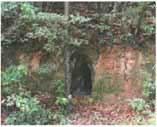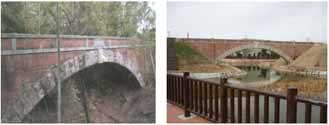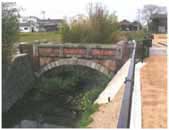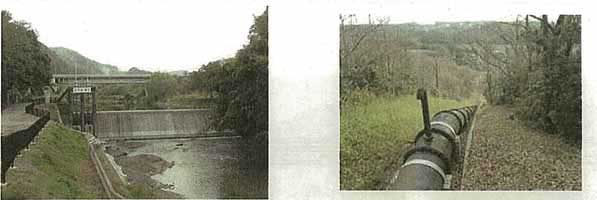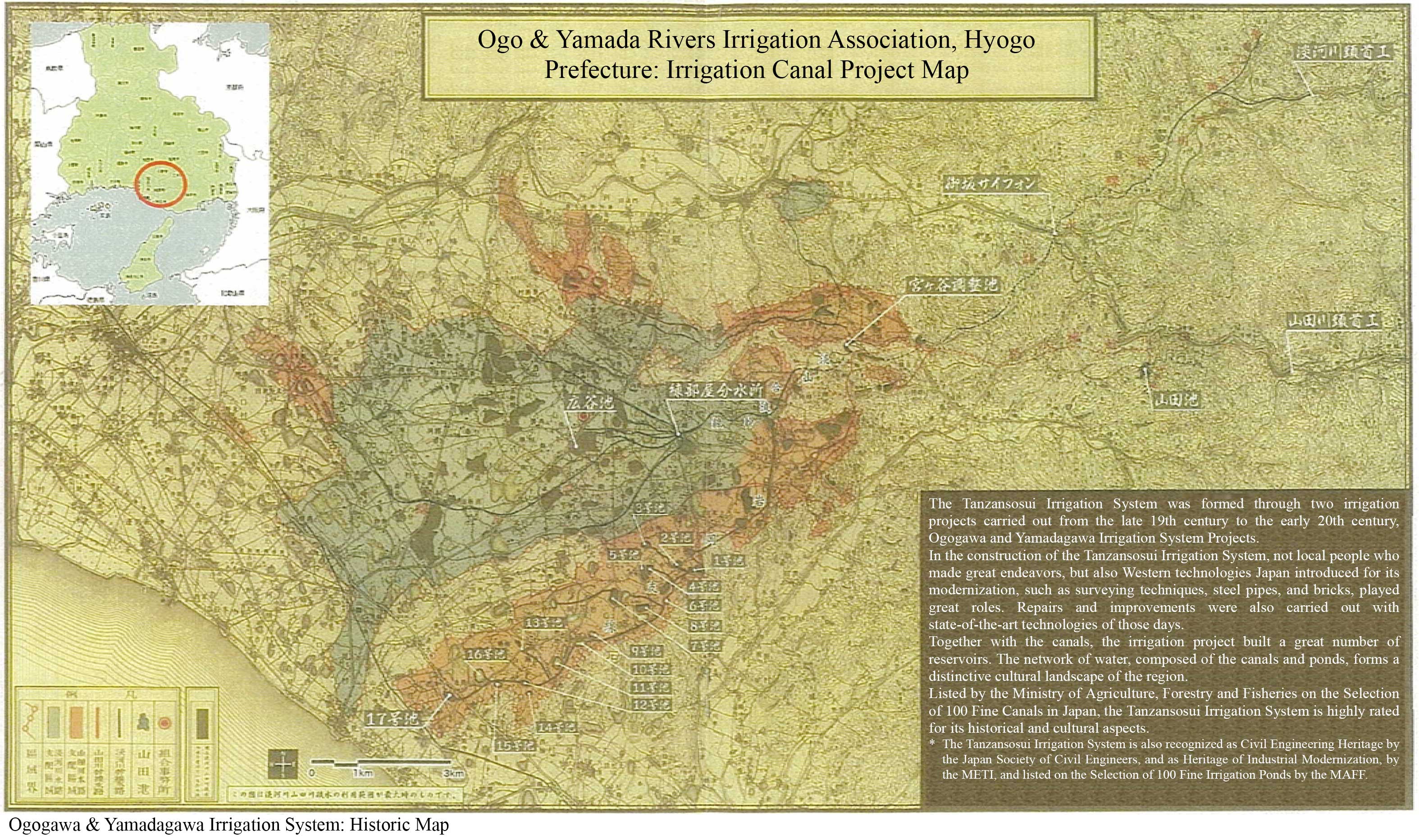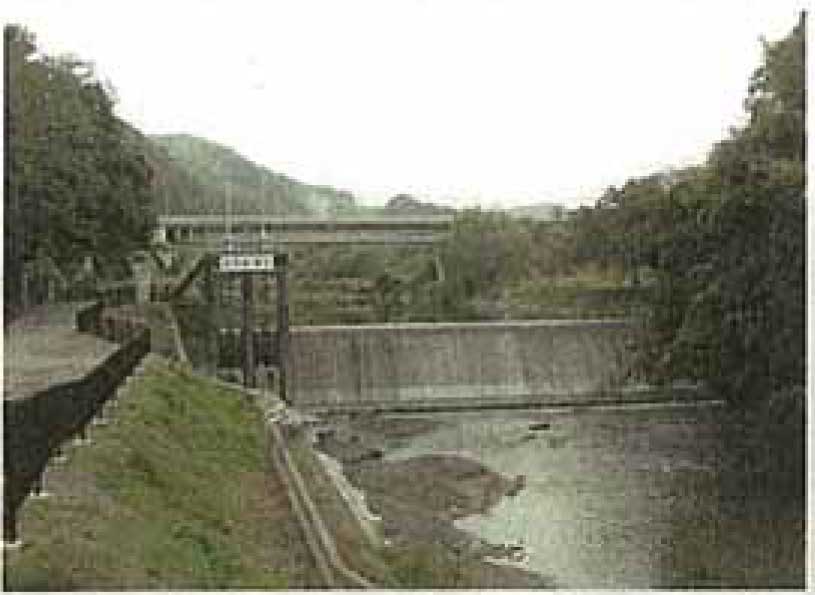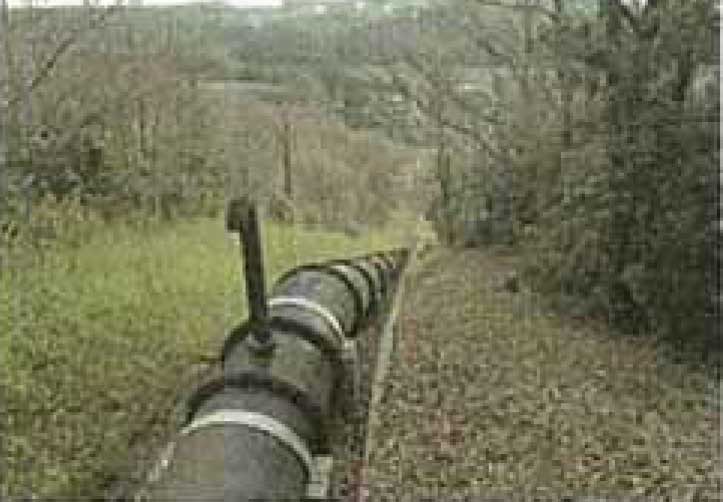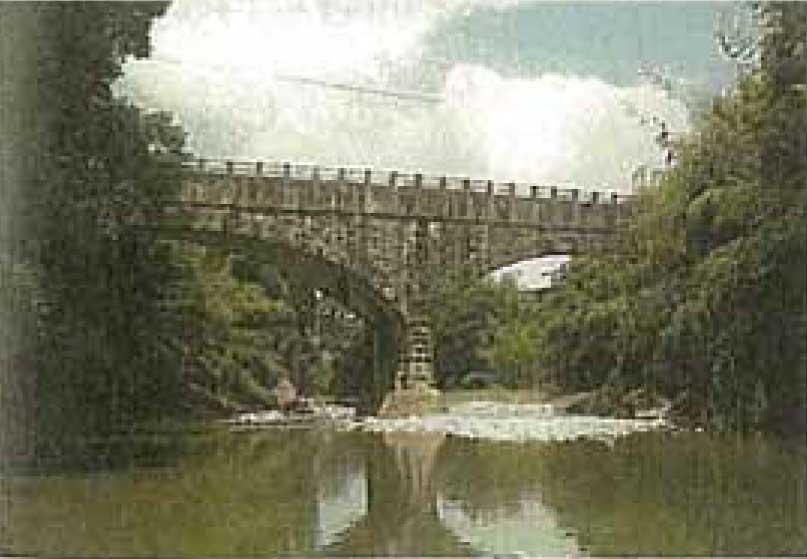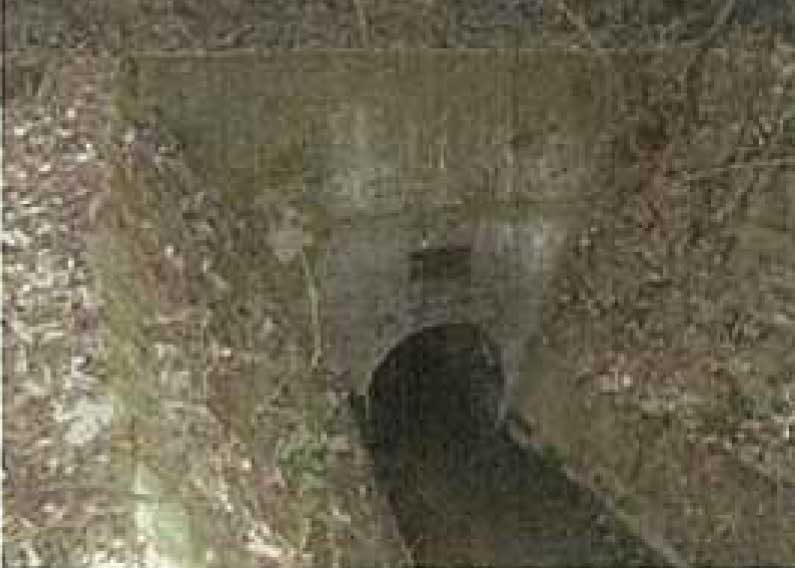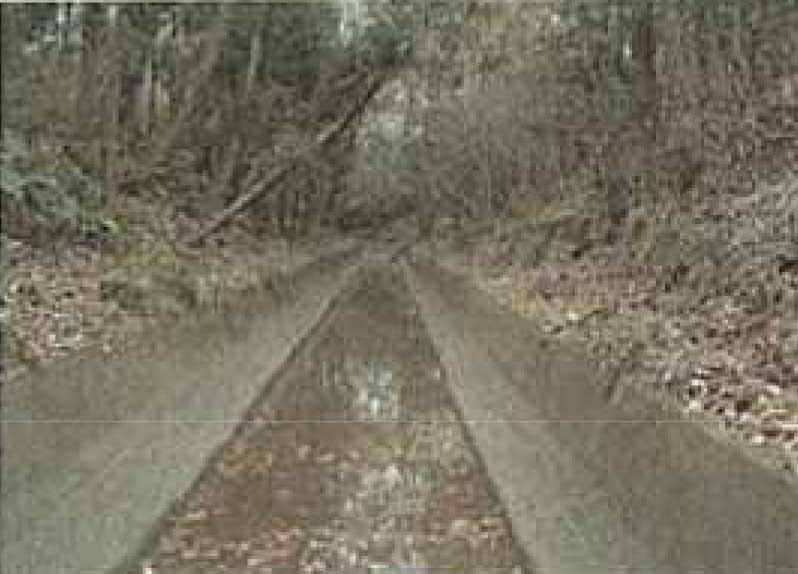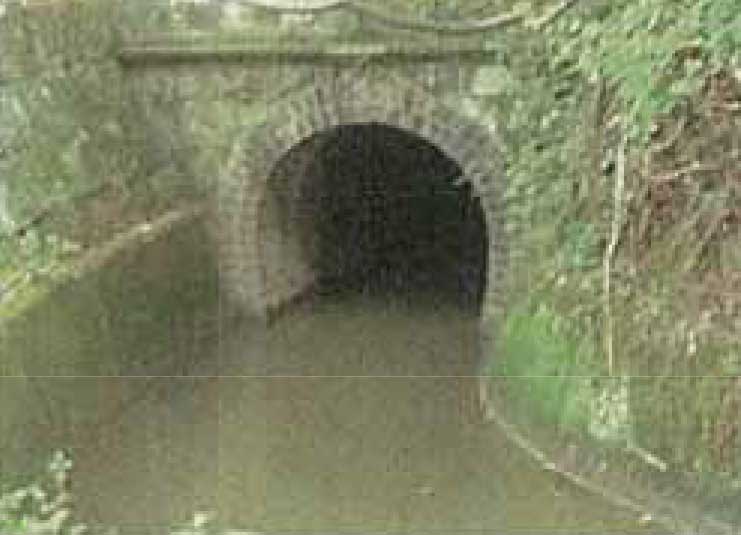Tanzansosui Irrigation System
Profile; ?>Tanzansousi Irrigation System located in Kakogawa River basin in Japan uses unique concept of integrated operation of large number of storage ponds with the irrigation system that stabilizes irrigation and has resulted in dramatic increase in productivity ensuring rural prosperity and poverty alleviation.Together with the canals, and reservoirs built as part of the irrigation system a great number of irrigation ponds were also constructed together. The irrigation ponds store water taken from rivers during the non-irrigation season to be used during irrigation season and are designed to work in an integrated manner.
Tanzansousi Irrigation System consists of Ogogawa and Yamadagawa Irrigation Systems which were constructed between late 19th century and early 20th century. The Construction of Ogogawa Irrigation System fed from Ogo River started in 1888 while that of Yamadagaw Irrigation System fed from Yamada River started in 1911.The completion of the irrigation system made it possible to irrigate 1,012 hectares of new land initially, and now the beneficiary area of the system is expanded to a total 2,500 hectares.
One of the key features of the construction of the Ogogawasystem was the construction of Misaka Siphon to cross over Misaka-no-tani, a 700 meters wide and 50 meters deep valley where the Shijimi River. The water line was constructed with soft steel pipes produced with the cutting-edge steel making technology and imported from the British Empire.The inner lining of the tunnels were built with bricks, and entrance was stone lined which are the second oldest of this kind after the Biwako Daiichi Irrigation System, built in 1887.Yamadagaw Irrigation System presents unique example of a canal tunnel built with concrete bricks, and they are one of the oldest cases of concrete bricks being used for tunnel construction in general in Japan. Three aqueduct bridges along the Moriyasu Branch Canal adopted stone arches and railings, and brick walls, a combination rarely seen around Japan.
Tanzansosui Irrigation System was initiated and funded by local communities for construction. They prepared themselves a plan of a canal they needed for development of farming and communities, working as one in lobbying the state and prefecture governments to carry out the project. They also shouldered themselves a great amount of expenses for the project to construct a pioneering irrigation system with unshakable resolution. However, in the construction of the System, in addition to the local expertise,western technologies such as use of surveying techniques, use of steel pipes, and bricks were also introduced which helped construct a variety of facilities, including tunnels, aqueducts bridges, and siphons, as well as facilities to distribute water accurately.Repairs and improvements were also carried out with state-of-the-art technologies of those days.
One of the elements for which Tanzansosui Irrigation System is highly appraised is its historical and cultural values. The network of water structures comprising of canals and ponds, forms a distinctive cultural landscape of the region. At present, a monitoring system by the local association has been established not only to ensure proper water management, but also to respond to sudden heavy rain showers linked to recent extreme weather events.
HIGHLIGHTS
Country: Japan
Province:
Latitude : 34.79098 Longitude : 135.05680
Built: 1891 AD
River: Kakogawa River
Irrigated Area: 2500 ha
65th IEC Meeting, Gwangju, Korea, 2014
